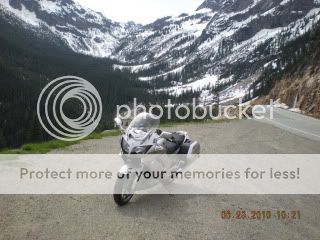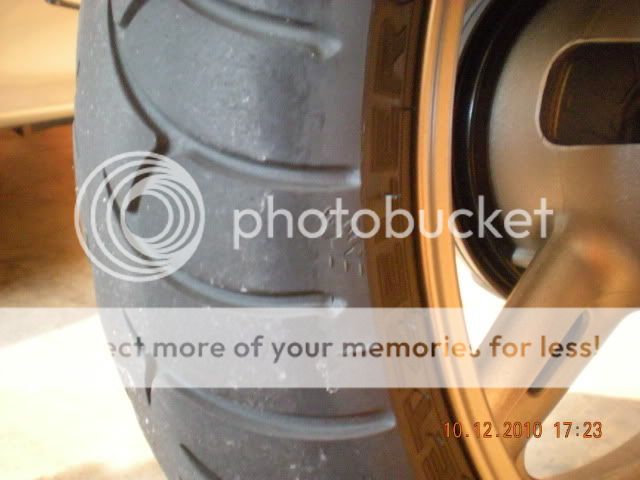wabill
Well-known member
Last June, when my FJR had only a few hundred miles on her, I rode over the N. Cascades Hwy to Winthrop and experienced what felt like the rear wheel sliding out in tight curves. I put the blame on "New Tires" or maybe because they were Metzelers rather than Dunlops like on my Triumph.
Yesterday I did the same ride again but now with a bit over 7500 miles on the tires. Also hadn't noticed any sort of slippage while riding in N Mex last month. Mid way through a right hander and carrying a good line I put the power to her and felt the rear slide out what felt like at least a 1/2 foot. The roadway was smooth asphalt paving with proper camber.
It wasn't a problem but it dawned on me that this may have something to do with the bike being shaft driven instead of chain or belt. Am I on the right track?
This is a pic taken on the road this past summer.

Yesterday I did the same ride again but now with a bit over 7500 miles on the tires. Also hadn't noticed any sort of slippage while riding in N Mex last month. Mid way through a right hander and carrying a good line I put the power to her and felt the rear slide out what felt like at least a 1/2 foot. The roadway was smooth asphalt paving with proper camber.
It wasn't a problem but it dawned on me that this may have something to do with the bike being shaft driven instead of chain or belt. Am I on the right track?
This is a pic taken on the road this past summer.

























